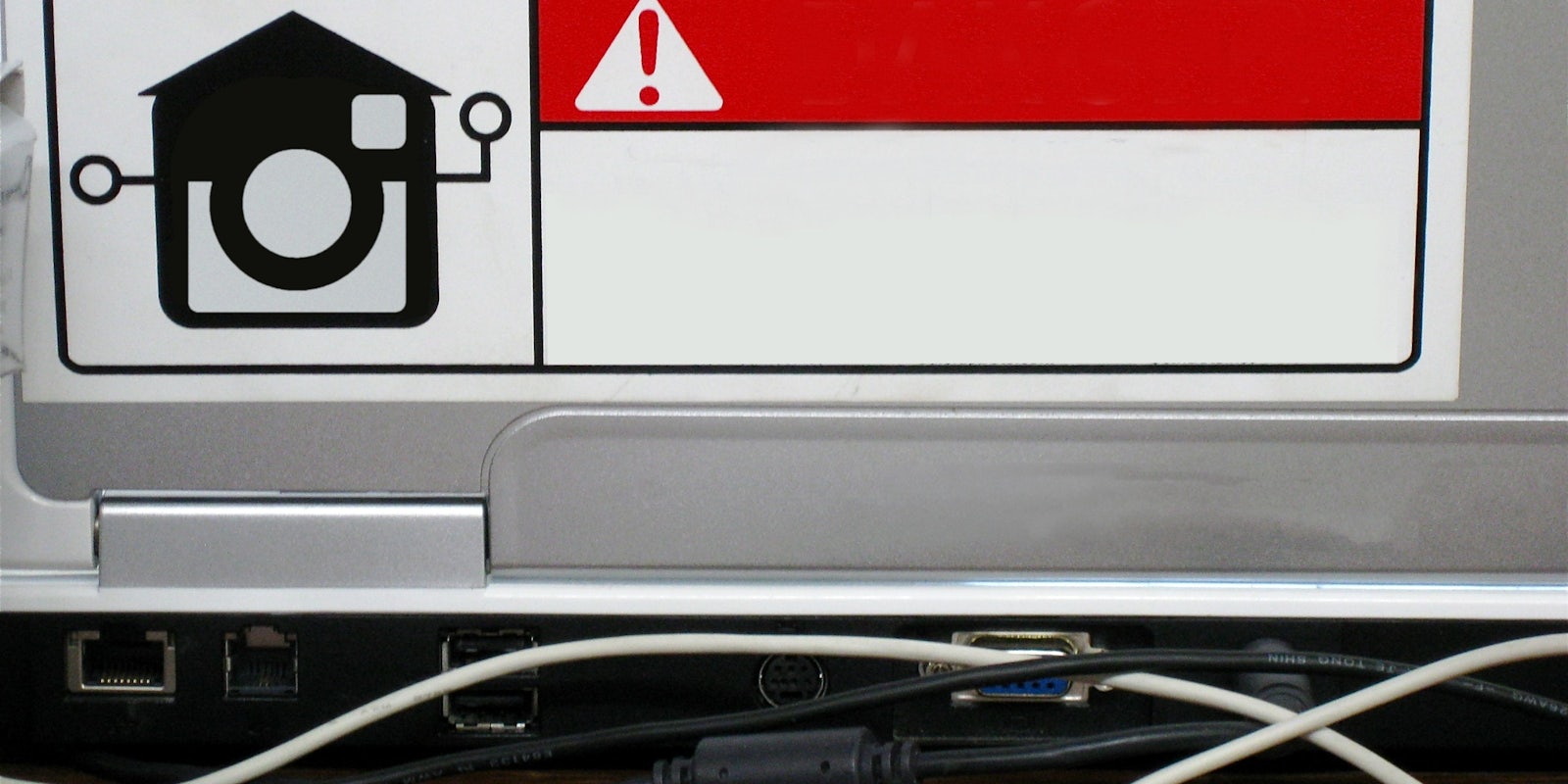In the great Instagram spam purge of 2014, only the strong survive. From Instagram‘s official account to Kim Kardashian‘s selfie gallery, follower counts are plummeting across the board as the company culls millions of fake accounts and spam bots. But some clever, stoic bots live on.
One Instagram user who works in marketing for a number of major global corporate accounts (a ubiquitous soft drink brand among them) bought a small army of bots about three months ago. She decided to enlist the bots for her personal Instagram account as a sort of branding experiment, and in they marched—all 10,000 of them. When Instagram starting nuking its not-so-sentient users on Wednesday, she was curious about what would come of her hard-bought bot fandom (she paid $70—on paper, each bot is worth only $0.007).
Remarkably, the bots were barely affected. “I saw a drop yesterday of about 1,000, but I know I have a lot more bots, obviously.” Prior to the mass influx, she had about 150 presumably human Instagram followers. Her account is now hovering around a healthy, bot-happy 9,100 followers.
“Apparently I bought really good bots. They don’t do anything so that’s probably why they haven’t been cleaned out. I also got a ton of spammy followers organically, and I think those were the ones that were deleted.”
The Instagram user bought her bots online after following a forum thread speculating about which prominent fashion IGers were buying up bots to boost their follower counts. The idea is that an inflated follower count makes it easier to attract more human followers.
Her 10,000 bots rolled in gradually, as a group of faceless Instagram users clicked the follow button likely half a world away. “It felt manual when it was happening, like a few every minutes and then a pause and then some more. I believe based on the fact that it took a week that it was actual people following me from many, [many] accounts.”
The bots are pretty diverse, and considering that they don’t spam hashtags or otherwise draw attention to themselves, it’s hard to imagine how Instagram could identify them at all. They all have photos uploaded to their accounts, nothing objectionable—stuff like food, buildings, or animals. She says she can identify the bots easily now because they use one word in the name field under their username (“arleigh,” “haun”) while most IGers put their real name there. Remarkably, the names and photos don’t repeat.
If it’s serious about cracking down on fake accounts, Instagram clearly has its work cut out for it. The first major bot massacre saw huge drops for many users, but it looks like that wave may have only wiped out the most obvious, more active spam accounts. The more stoic breed of bot, the kind that quietly follows and just hangs out, likely survived because they’re difficult to identify, given their subtle behavior and realistic accounts.
Before the major account purge, Instagram reported that its user base had swelled to 300 million. With the first wave of bots gone, that number certainly took a hit—Instagram’s own official follower count dropped by about a third. Just how many of those are the strong, silent type of bot remains to be seen.
“It’s hard not to think of them as people because Instagram is generally so human. But they are kind of more of pets because they don’t act like people,” the bot buyer tells us, admitting her affection for her remaining collection. “My bots are the best! I was worried Instagram was going to kill them all.”
Photo via zcopley/Flickr (CC BY SA 2.0) | Remix by Fernando Alfonso III



